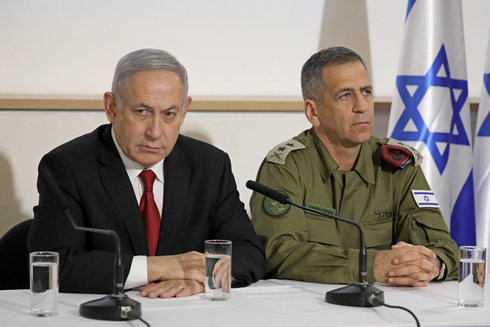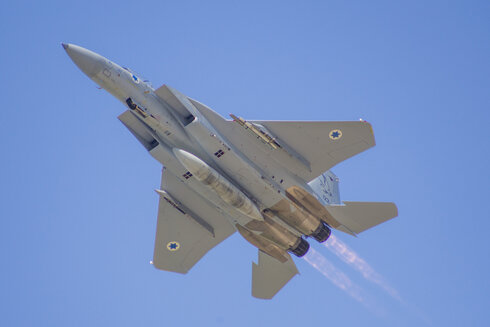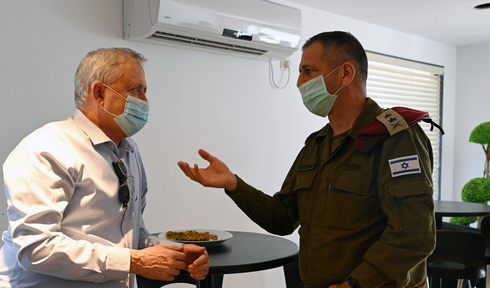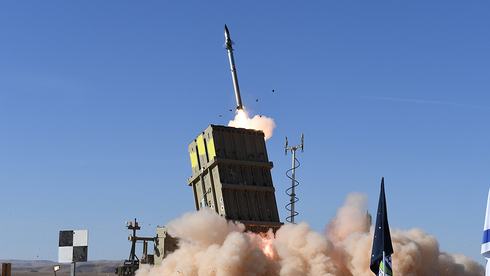Analysis: While the years-long delay in making decisions on military procurement constitutes a security scandal, the hard-won approval for recommendations put forward by the military will revolutionize structure of the army for at least three decades
After a two-year delay, the defense establishment on Tuesday was finally given the green light to bring the transform the IDF into a modern army.
The two years in which Israel has been operating without a budget and the years of delayed decisions on military procurements constitutes a security scandal.

The ministerial committee on military procurement finally approved the recommendations put forth by the IDF and the Defense Minister and put in place a plan to update the structure of the military for the next three decades at the very least.
The historic decision will come at a price borne primarily but not exclusively, by the American taxpayer to the tune of NIS 27 billion (approx. $8.2 billion).
This vast amount of money sourced for the most part from the U.S. aid package will be used by 2034, to acquire weapons systems and unique technologies for Israel’s intelligence and technological units.

Tuesday’s approved plan does not include the purchase of the newest F-15 IA fighter jets that will be purchased over the next decade, or the F-15I jets that are earmarked for purchase in five years.
Also excluded from the approved plan is the proposed program to revamp Israel’s existing Air Force fleet or the procurement of additional helicopters. That will be presented to the ministerial committee for approval in the next few months and will require additional billions.
The gap between the operational needs of the military and the budget available to meet them is the result of the slow decision-making process in the IDF, but also due to the government’s inability to make decisions in the current shaky political reality.

Had it not been for the IDF’s pressure campaign to force the ministers to decide on the procurement, this crucial decision would have been postponed until after the March 23 elections.
This is especially true given that the Finance Ministry is opposed to any military spending that would require Israel to spend large amounts of money in the coming years.
The $38 billion allocated in 2016 by the Obama administration for Israel’s military needs should that should have sufficed until 2029. But the purchase of an additional F-35 stealth bomber squadron leaves just only $7 billion, barely enough to meet the IDF’s needs for the next decade.

Ministers approved 80% of the budget to bolster the Air Force, including munitions for new Boeing KC-46 refueling jets that will arrive in 2024 and will enable Israel to operate in great distances and for a third squadron of F-35 jets.
The ministers also approved negotiations with both Boeing and Lockheed Martin to acquire heavy helicopters.
The ministers’ approval also included purchases of missiles defense system equipment to bolster the Iron Dome missile defense system and the Arrow 3 and 4 systems.

Israel is set to begin discussions with the United States to earmark production lines so that the weapons system orders can be produced in time to meet a five-year deadline.
For it is only now, after the ministerial committee’s vote, can the military begin to put its long-term plans into effect.
As reported by Ynetnews
